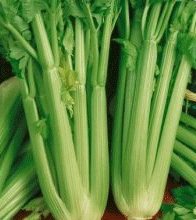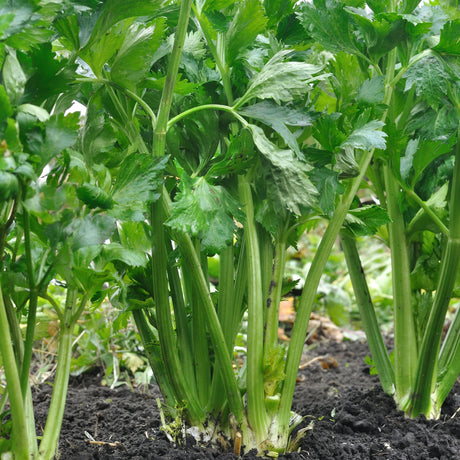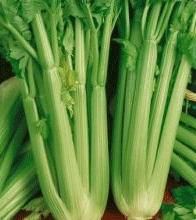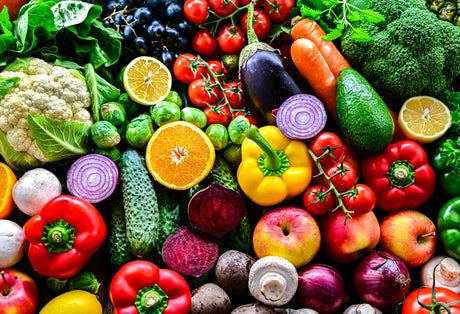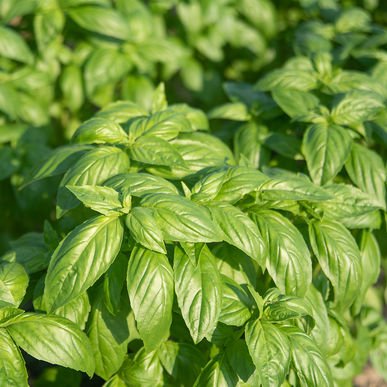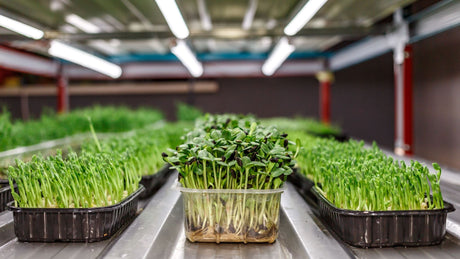More about Celery
Apium graveolens
Celery is a cool season annual that does best with a temperature range between 12 - 24°C. It is difficult and slow to germinate (14 - 21 days), with a long growing season. Sow seed late winter - early spring and again late summer - autumn in temperate areas; sow April - September, avoiding frost periods in subtropical areas; sow April - August, in semi-shade in tropical areas. It is difficult to grow well in the tropics. Seed germinates best at 15 - 21°C soil temperature; soak seed overnight to improve germination. Sow seed 5 mm deep; cover very lightly with seed raising mix, firm down and keep very moist. Sow into a seedling tray, then prick out into small pots; tend carefully and liquid feed for 4 - 6 weeks before transplanting. Space plants 20 - 25 cm apart. Celery is a heavy feeder, prepare the soil 2 - 3 weeks before planting with compost, potash and well-rotted manure. It prefers a rich, moist, well-drained soil pH 6 - 7. Mulch well, keep well watered, avoid moisture stress. Celery can be harvested a few stalks at a time.

